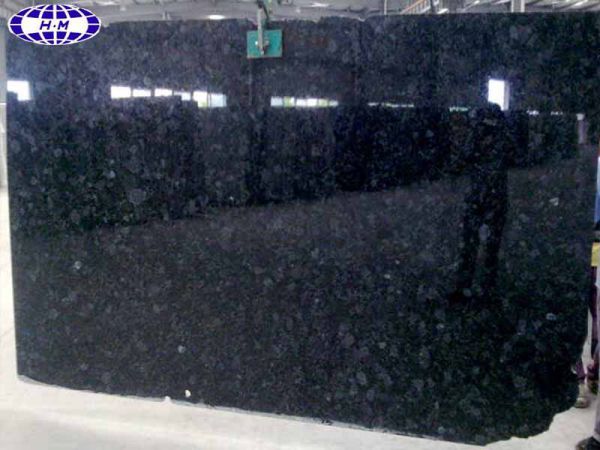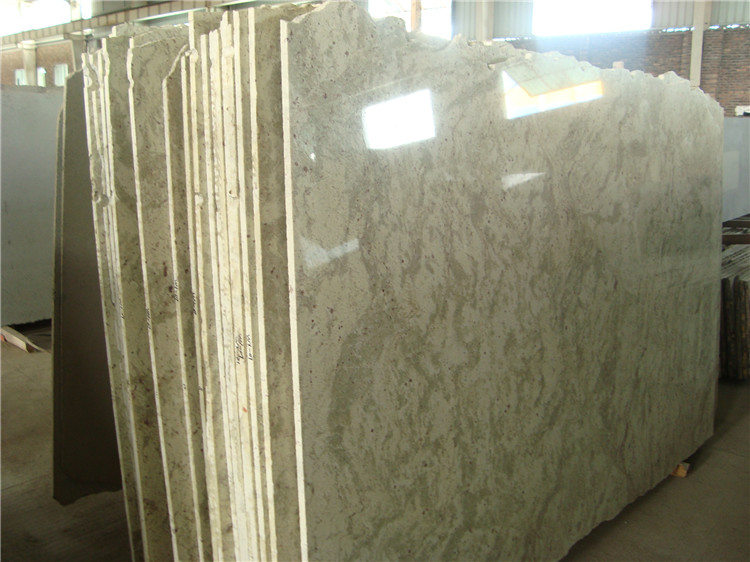Natural granite, a favored building material, boasts extensive applications in the market, finds extensive use across various applications due to its versatility and enduring history of use. Whether for outdoor embellishments or indoor installations, granite showcases its wide-ranging utility. With its diverse forms, such as granite tiles and granite slabs, users can select from various materials and products. Hence, what sets these two apart?
Granite, renowned for its high quality and ease of cutting, boasts consistent performance. Manufacturers customize granite products to suit different project needs, crafting them into various sizes. Both granite tiles and slabs serve as semi-finished products, necessitating further processing or installation by workers. However, they diverge significantly in their applications and characteristics. Let’s delve into their specific disparities.

Different Specification
Granite slabs originate directly from granite blocks, where manufacturers utilize gang saw machines to slice them into slabs of consistent thickness. The dimensions of these slabs depend on the size of the granite blocks, with the thickness adjustable according to the cutting machine. Thus, these slabs serve as semi-finished products, available in two primary forms: Full Slabs and Half Slabs, differing in size. Full slabs typically boast larger dimensions, such as 240/120cm or 260/180cm, while half slabs are generally under 70cm in height, like 240/60cm or 240/70cm.
On the other hand, granite tiles represent closer-to-finished products, derived from granite slabs. These tiles are precisely cut from slabs to ensure uniformity, facilitating ease in laying, installation, and transportation. They find common use in wall and floor applications, available in various sizes including 20cm, 30/30cm, 30/60cm, 20/40cm, 40/40cm, 60/80cm, and 60/120cm, among others.

Different Edges
Granite slabs are sourced from natural granite blocks, resulting in edges that remain unprocessed. These edges showcase natural variations, with irregularities in height and shape due to the absence of uniform cutting processes. Consequently, each slab varies in size, featuring both high and low points.
In contrast, granite tiles are derived from slabs, with manufacturers employing CNC machines to precisely cut them into specified sizes tailored to diverse project requirements. These tiles boast uniform dimensions, with all edges meticulously processed, showcasing distinct characteristics compared to slabs.
Different Applications
Following our overview, you should now possess a fundamental grasp of these two products. Given their disparities in size and intricacies, their applications and scopes also diverge.
Granite tiles commonly find utility in flooring, wall installations, and similar projects, suitable for both indoor and outdoor applications. Conversely, granite slabs primarily serve purposes like tile cutting, large kitchen countertops, expansive tabletops, and similar endeavors requiring larger dimensions.
Different Cost And Price
Due to variations in cutting processes, usage locations, and packaging methods, the prices of these two products also differ. Each cutting process incurs its own costs, compounded by material wastage during customization. Consequently, despite sharing identical material and thickness, granite slabs and tiles exhibit substantial price discrepancies.
In general, granite slabs tend to be more economical than granite tiles. As previously discussed, the conversion of granite slabs into tiles entails material wastage. For instance, popular granite slabs typically cost around 30% less than their tile counterparts.


